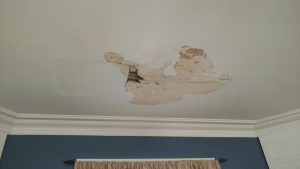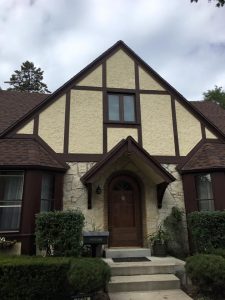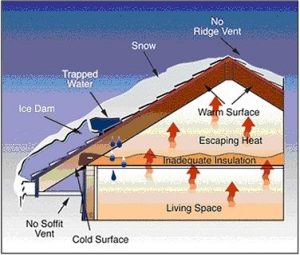Choosing the right color for your stucco is an important decision that can significantly impact the overall look and feel of your home’s exterior. In this blog, we’ll share some tips and tricks for choosing the perfect stucco color that complements your home’s architecture and reflects your personal style.
The first step in choosing a stucco color is to consider the architectural style of your home. Traditional homes often look best with neutral or earth-tone colors, while modern homes can handle bolder, more vibrant hues. Take a look at the other homes in your neighborhood for inspiration and to ensure that your color choice fits in with the overall aesthetic of the area.
Next, consider the surrounding landscape and environment. A color that blends in seamlessly with the natural surroundings will create a harmonious and cohesive look, while a contrasting color can make a bold statement and draw attention to your home’s architecture.
When choosing a stucco color, it’s also important to consider the lighting conditions and orientation of your home. Colors can appear different depending on the time of day and the angle of the sun, so be sure to test out samples in various lighting conditions before making a final decision.
At Creative Construction of WI., we offer a wide range of stucco colors to choose from, including custom color matching services to ensure that you get the perfect shade for your home. Our experienced team can help you select a color that complements your home’s architecture and enhances its curb appeal.
In conclusion, choosing the perfect stucco color for your home is a decision that should not be taken lightly. By considering the architectural style of your home, the surrounding environment, and the lighting conditions, you can select a color that enhances the beauty of your home and reflects your personal style.
#StuccoColorTips, #HomeExteriorDesign, #CurbAppealGoals, #StuccoStyle, #CreativeConstructionWI, #HomeImprovementIdeas, #ExteriorColorTrends, #ArchitecturalDesignTips, #StuccoExperts, #ColorMatchingSolutions, #ModernHomeDesign, #TraditionalHomeStyles, #BoldExteriorColors, #HomeAestheticTips, #CustomStuccoColors


 n you can. When you hire cheap, you are not paying for their reputation, their certifications, their knowledge of buildings codes and laws. The expensive part is when the damage or issue isn’t truly fixed 100% or the remodeler skipped many corners. Then you have to make the call of shame to the contractor you said no to for costing too much. Here is the kicker, every time we receive those calls, it breaks our heart because when we go back to see what has happened, not only do you have to pay for the work that was originally supposed to be done, but you also have to pay to get all of the mistakes removed. So it may cost less up front to hire cheap but it will cost you much more in the long run. Remember you get what you pay for.
n you can. When you hire cheap, you are not paying for their reputation, their certifications, their knowledge of buildings codes and laws. The expensive part is when the damage or issue isn’t truly fixed 100% or the remodeler skipped many corners. Then you have to make the call of shame to the contractor you said no to for costing too much. Here is the kicker, every time we receive those calls, it breaks our heart because when we go back to see what has happened, not only do you have to pay for the work that was originally supposed to be done, but you also have to pay to get all of the mistakes removed. So it may cost less up front to hire cheap but it will cost you much more in the long run. Remember you get what you pay for.